Idrw Team
SOURCE: IDRW.ORG TEAM
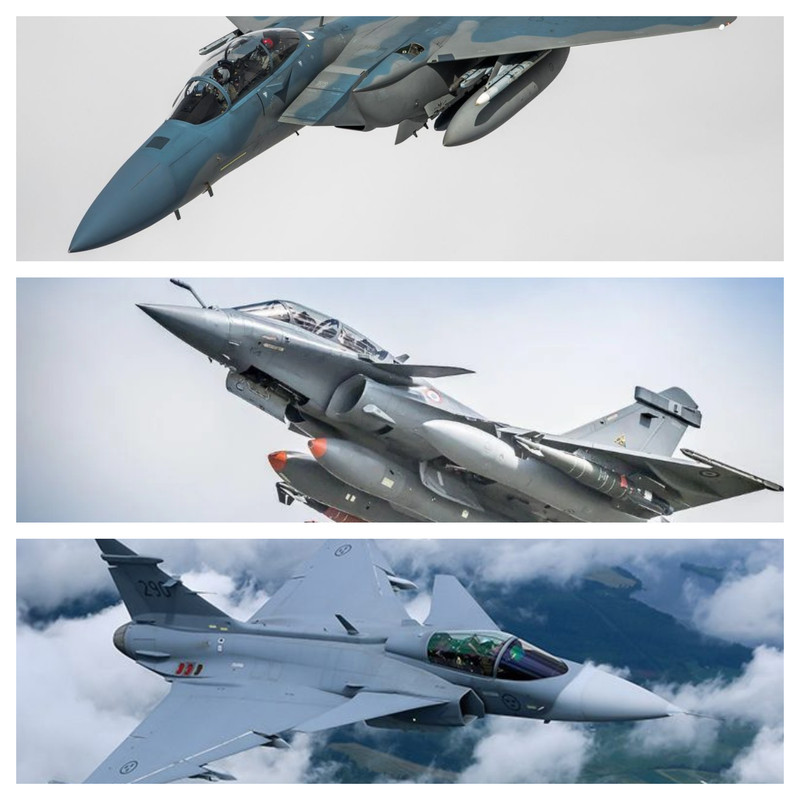
In a highly anticipated move, the Indian Air Force (IAF) is advancing in its quest for 114 Medium Multi-Role Fighter Aircraft (MRFA) to bolster its aerial capabilities. The top contenders in this substantial tender, as reported by sources within the IAF to ” The Print” are the Boeing F-15EX, Saab’s Gripen-E, and the Dassault Rafale fighter jets.
The IAF initiated this procurement endeavor by releasing a Request for Information (RFI), which garnered responses from eight Original Equipment Manufacturers (OEMs). Following these responses, the IAF conducted preliminary discussions with all eight OEMs, setting the stage for the next crucial step in the acquisition process.
Continue readingSOURCE: IDRW.ORG TEAM
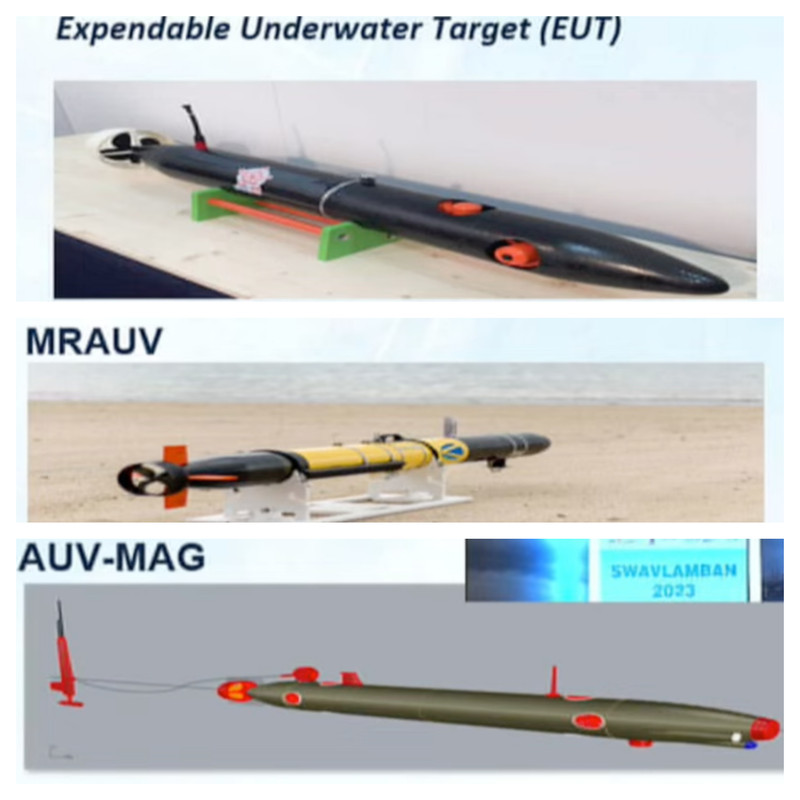
At the latest Swavlamban exhibition, the Kalyani Group unveiled its cutting-edge Maritime Robotics and Autonomous Underwater Vehicle (MRAUV and AUV) programs, demonstrating its commitment to bolstering India’s naval capabilities. These technologies play a crucial role in enhancing the Indian Navy’s capabilities for seabed surveys, mine detection, and magnetic signature measurement, among other critical tasks.
One of the highlights of Kalyani Group’s showcase was the MRAUV, designed for seabed surveys to detect, classify, and identify mines. This autonomous underwater vehicle boasts impressive specifications, including a length of 2200 mm, a hull diameter of 150 mm, and a dry weight of 35 kg. With an endurance of up to 7 hours at 3 knots and the ability to operate at depths ranging from 1 meter to 300 meters, the MRAUV is a versatile asset for underwater missions. It can reach speeds of up to 8 knots and has a maximum acoustic communication range of 2000 meters. Operating in temperatures ranging from 0 to +55 degrees Celsius, this advanced vehicle promises to significantly enhance the Indian Navy’s mine detection capabilities.
Continue readingSOURCE: IDRW.ORG TEAM
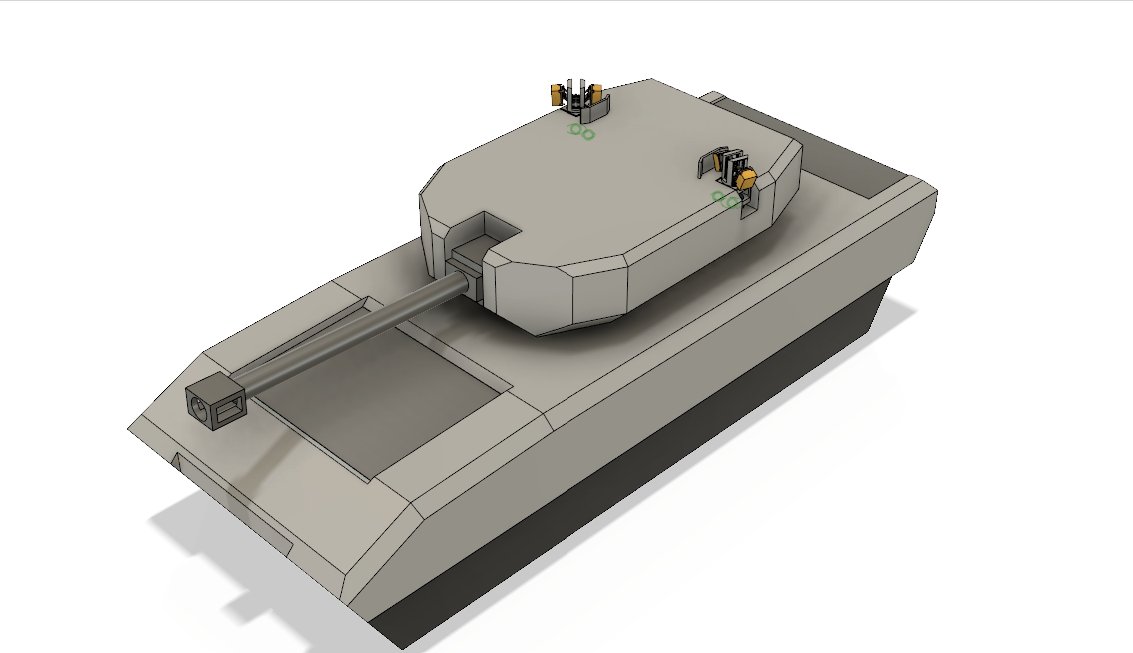
In a groundbreaking achievement for Indian defense technology, C J Varghese, a Kerala-based innovator with a remarkable portfolio of six patents to his name, has been granted a patent by the Patent Office of the Government of India. This significant milestone marks the invention of a pioneering “Rapid Responding Active Protection System,” set to redefine the landscape of defense mechanisms and bolster the safety of armored vehicle crews for the next two decades.
Varghese’s latest invention promises to be a game-changer in the world of defense technology. His active protection system, often referred to as a “hard-kill shooter system,” has been meticulously crafted to provide protection for tanks and light armored vehicles against imminent threats, such as RPGs (Rocket-Propelled Grenades) and ATGMs (Anti-Tank Guided Missiles).
Continue readingSOURCE: IDRW.ORG TEAM
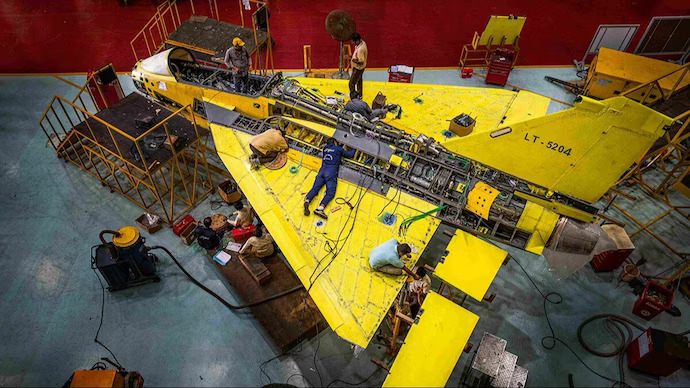
Hindustan Aeronautics Limited (HAL), the Indian state-owned aerospace and defense company, is making significant strides in the production of LCA-Tejas Trainers. The Indian Air Force (IAF) recently welcomed the first of the 18 trainer aircraft to be procured from HAL, marking a milestone in India’s indigenous fighter aircraft program.
The latest addition to the lineup is the LT-5204, which is the fourth LCA-Tejas Trainer. The manufacturing process has reached an advanced stage, with HAL recently releasing images of the aircraft. LT-5201, the first FOC-configured (Final Operational Clearance) LCA-Tejas Trainer, took its maiden flight approximately six months ago. HAL also unveiled images of the LT-5202, the second aircraft in the FOC configuration.
Continue readingSOURCE: IDRW.ORG TEAM
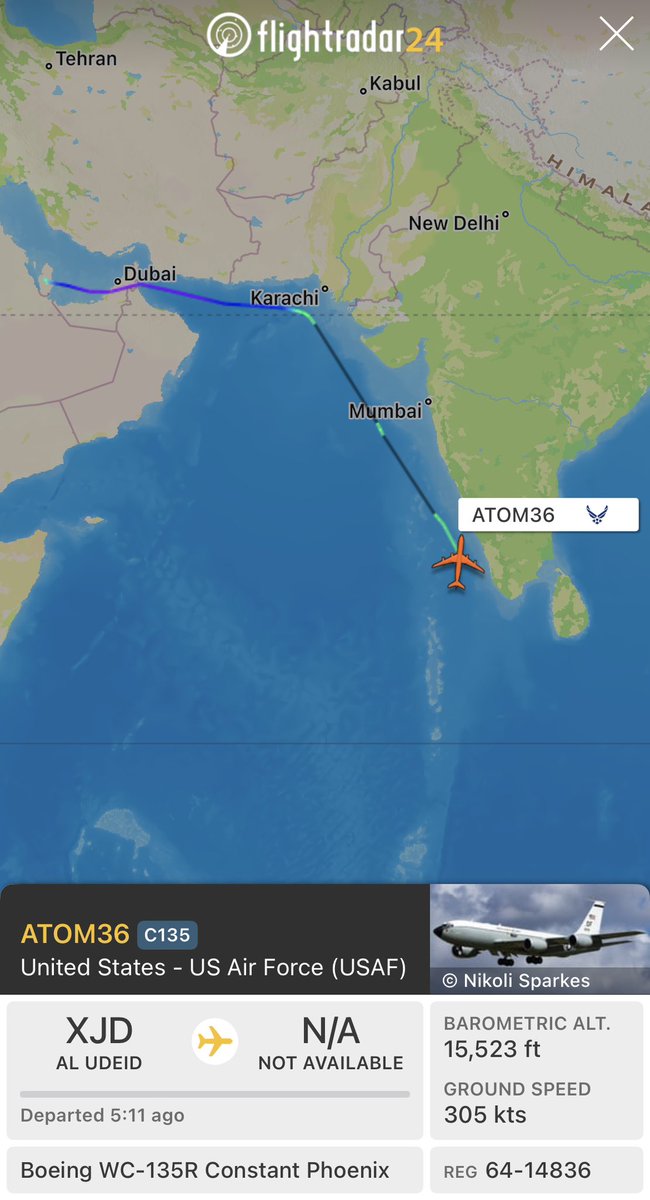
In a noteworthy development, a US WC-135R “nuclear sniffer” aircraft, with the callsign ATOM36, recently conducted a mission along the coasts of both India and Pakistan. This aircraft, officially designated as WC-135R Constant Phoenix, is renowned for its specialized role in detecting signs of nuclear explosions in the atmosphere.
During this mission, the WC-135R Constant Phoenix flew at a relatively low altitude, descending to 7,000 feet (approximately -2,100 meters). The specific reason behind this mission remains undisclosed, leaving room for speculation. It’s important to note that such missions don’t necessarily indicate a nuclear incident but could serve purposes like calibration or routine surveillance.
Continue readingSOURCE: IDRW.ORG TEAM
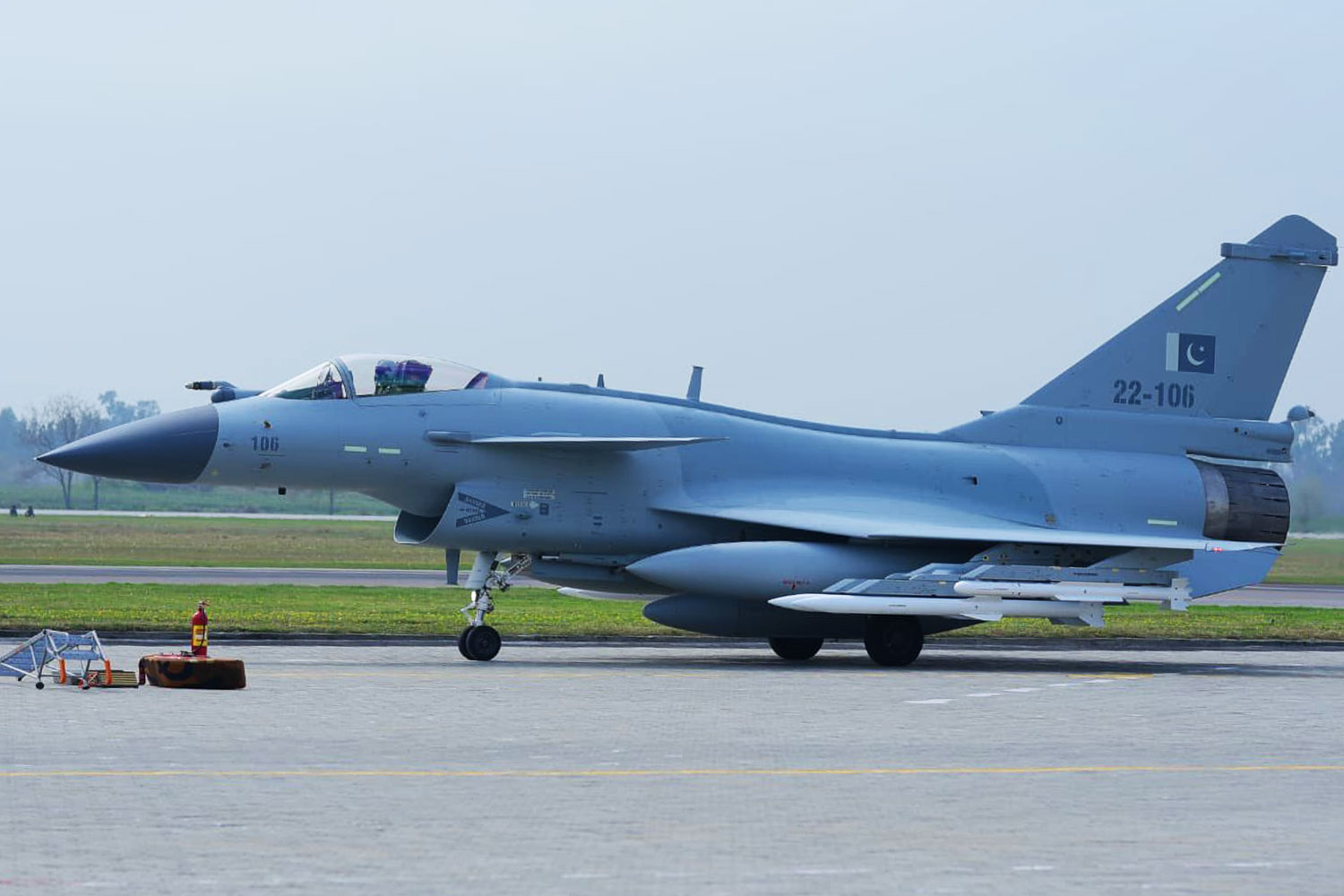
Former Air Chief Marshal RKS Bhadauria’s recent assessment of the Pakistan Air Force (PAF) transitioning to predominantly Chinese-operated fighter jets has sparked significant interest in the evolving dynamics of the PAF’s fighter fleet. This shift signifies a strategic realignment for Pakistan’s aerial capabilities, with notable implications for regional security.
Bhadauria’s observations highlight the dwindling presence of Western fighter jets within the PAF’s inventory. Over the years, the PAF has sought to replace aging French Mirage-III/V fighter jets with more Chinese alternatives. Notably, the introduction of the Chinese JF-17 Thunder and J-10CE fighter jets into the PAF’s fleet. These Chinese aircraft offer cost-effective and technologically competitive options for Pakistan.
Continue readingSOURCE: IDRW.ORG TEAM
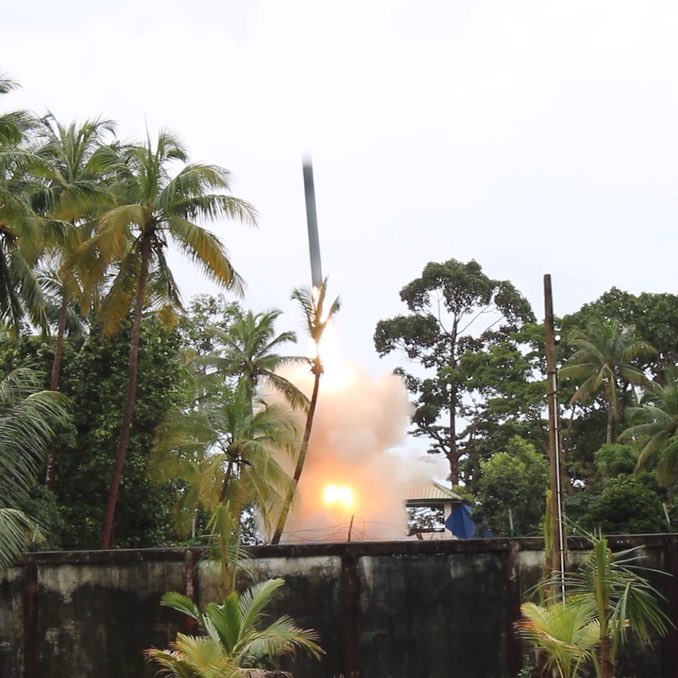
In a significant achievement, the BrahMos Missile Regiment of the Indian Army conducted a highly successful launch of the extended-range BrahMos supersonic cruise missile. The missile demonstrated its prowess by striking its intended target with pinpoint accuracy in the Andaman & Nicobar Islands. This remarkable event was attended by esteemed dignitaries, including the Hon’ble Lieutenant Governor, Devendra Kumar Joshi, and the General Officer Commanding-in-Chief (GOC-in-C) of Southern Command, Pune.
The extended-range BrahMos missile, known as BrahMos-ER, boasts an impressive enhancement in its operational range compared to the older version. With India’s accession to the Missile Technology Control Regime (MTCR), the range of the BrahMos missile has been significantly extended, jumping from 290 kilometers to an impressive 450 kilometers.
Continue readingSOURCE: IDRW.ORG TEAM

The Indian Air Force (IAF), set to celebrate its centenary in 2032, has embarked on an ambitious journey to bolster its aerial capabilities through the integration of Unmanned Combat Aerial Vehicles (UCAVs) and Loyal Wingman systems. This initiative, known as the Manned-Unmanned Program, represents a significant leap in advancing the IAF’s air power in the region.
One of the prominent projects within this program is the Ghatak UCAV (Unmanned Combat Aerial Vehicle). The Ghatak program aims to develop a formidable 12-ton Unmanned Stealthy Strike UCAV, powered by the indigenous Dry Kaveri engine. This cutting-edge UCAV is designed to operate stealthily and carry out precision air strikes deep within enemy territory. Its capabilities will enable the IAF to conduct operations behind enemy lines with unprecedented efficiency and precision.
Continue readingSOURCE: IDRW.ORG TEAM
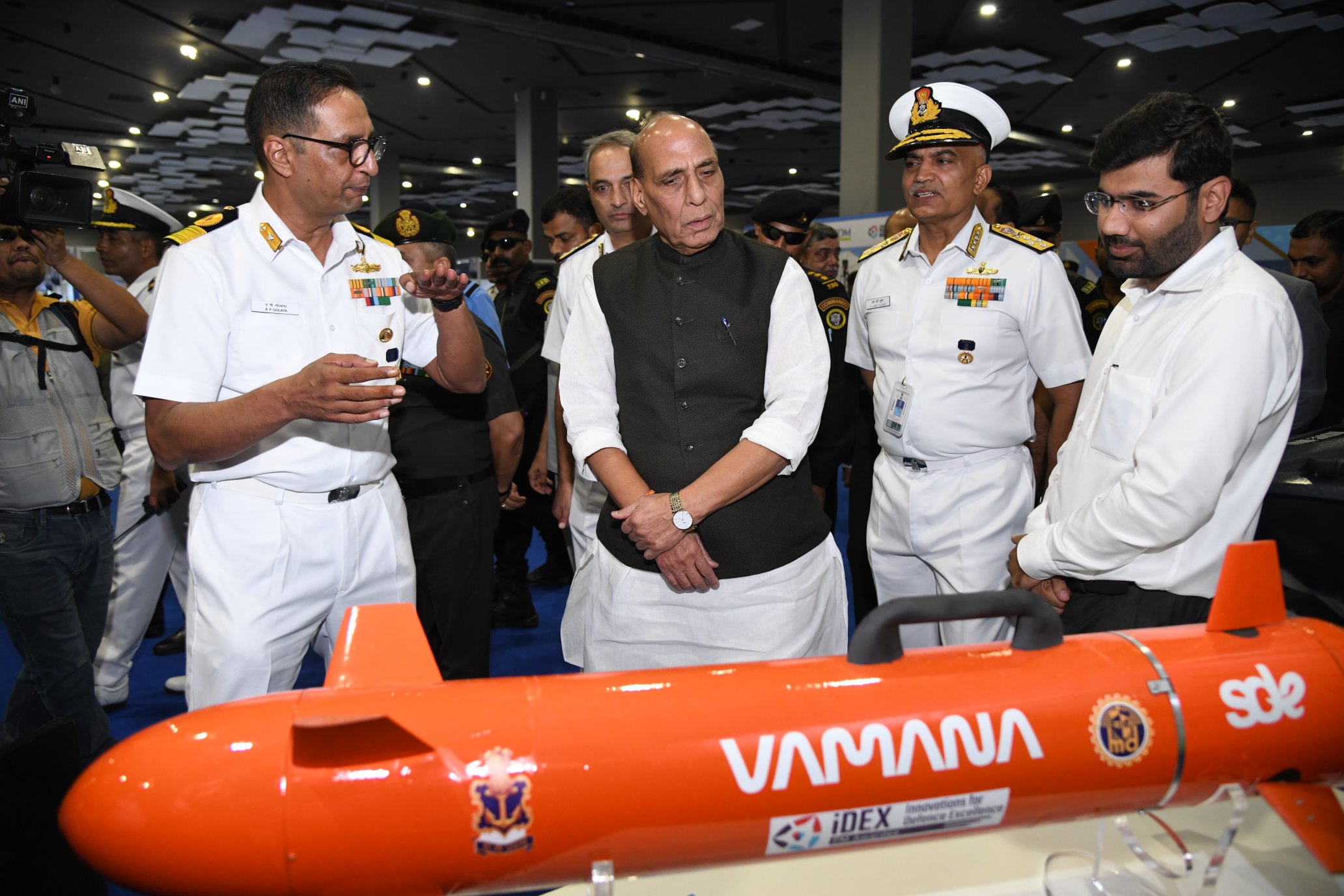
Mumbai-based startup Sagar Defence has introduced its cutting-edge “Vamana” Autonomous Underwater Vehicle (AUV), specially designed for the Indian Navy. The unveiling took place at the Indian Defence Expo (iDEX), showcasing India’s growing prowess in autonomous underwater technology.
The Vamana AUV is a remarkable addition to India’s naval capabilities. It boasts the capability to operate independently or as part of a coordinated swarm. This flexibility makes it a versatile asset for various maritime missions, including surveillance, reconnaissance, mine detection, and more.
Continue readingSOURCE: IDRW.ORG TEAM
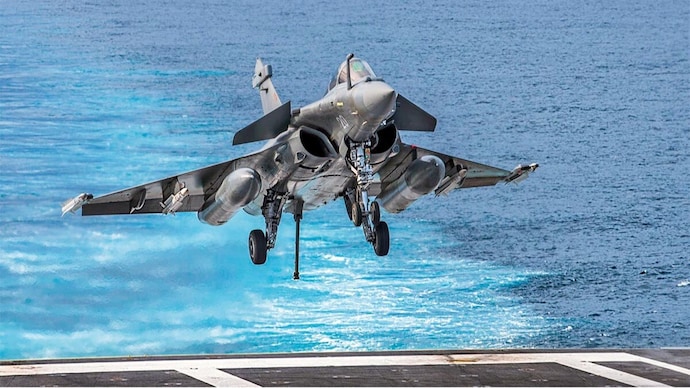
In a significant move earlier this year, the Indian government announced its choice of the Navy Rafale to bolster the Indian Navy’s naval air capabilities. The acquisition of these state-of-the-art fighters reflects India’s commitment to enhancing its air and naval superiority.
The Indian Navy’s procurement of 26 Rafale aircraft will complement the 36 Rafale already in service with the Indian Air Force (IAF). These aircraft have proven highly effective, earning the satisfaction of the IAF and solidifying India’s position as the first country, outside of France, to operate both variants of the Rafale. This strategic decision is aimed at strengthening India’s aerial and maritime dominance and safeguarding its sovereignty.
Continue readingSOURCE: IDRW.ORG TEAM
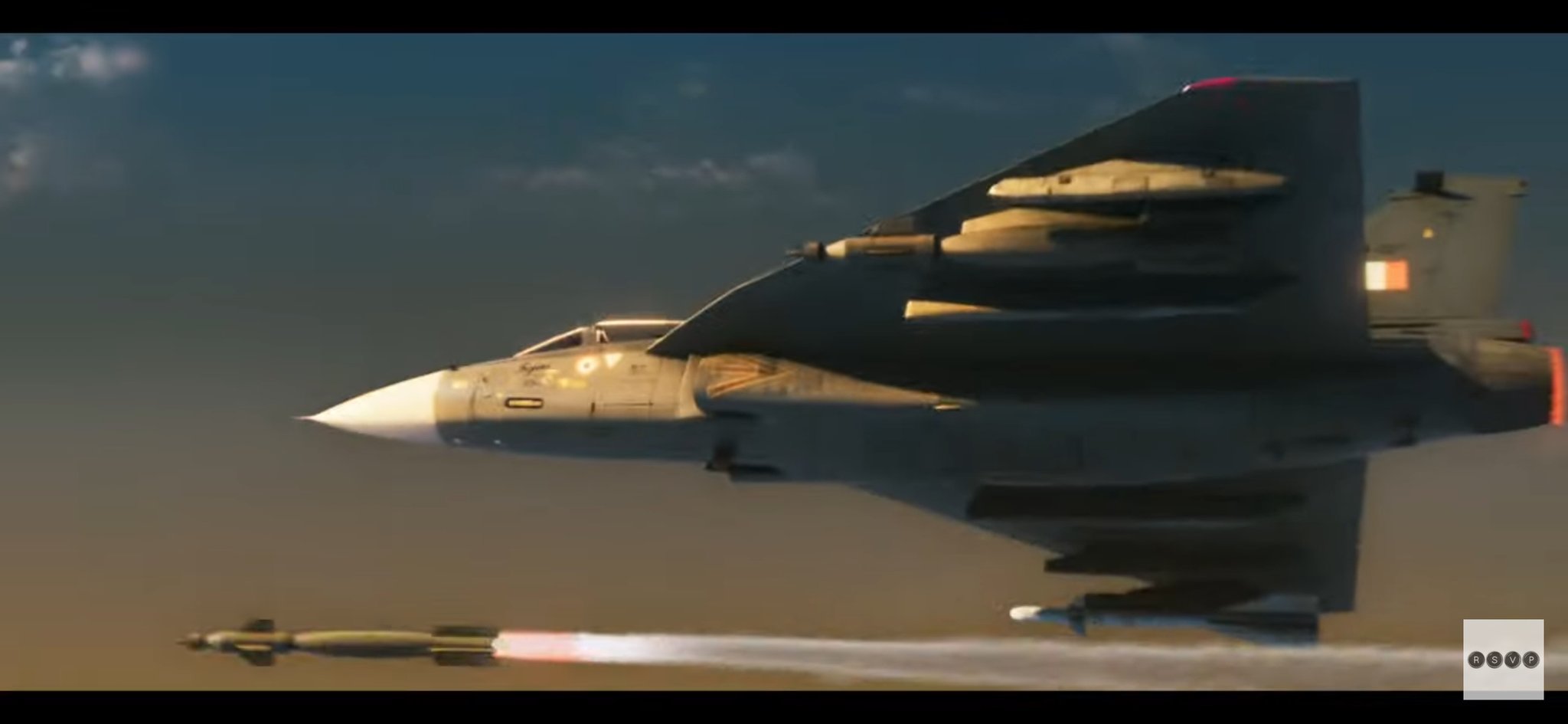
The much-anticipated trailer for Kangana Ranaut’s upcoming film, “Tejas,” was released on Indian Air Force Day, generating significant buzz. However, it didn’t take long for online users to express their disappointment and criticism of the trailer’s CGI quality and inaccuracies in its action scenes.
One of the notable inaccuracies pointed out by viewers was the depiction of the launching of a Laser Guided Bomb (LGB) against what was supposed to be a Pakistani Air Force F-16 aircraft in an air-to-air missile scenario. Such technical inaccuracies can be jarring for viewers who are familiar with military operations.
Continue readingSOURCE: IDRW.ORG TEAM

The Indian Air Force (IAF) is making significant strides in its pursuit of the Medium Multi-Role Fighter Aircraft (MRFA) tender, marking a pivotal moment in the country’s quest for self-sufficiency in defense manufacturing.
Air Chief Marshal Vivek Ram Chaudhari, the current Chief of the Air Staff, recently confirmed that the IAF has received responses to its Request for Information (RFI) for the MRFA tender, which seeks to acquire 114 advanced fighter jets. This development underscores the IAF’s commitment to modernizing its aerial fleet and bolstering its defense capabilities.
Continue readingSOURCE: IDRW.ORG TEAM

India’s indigenous aircraft carrier, INS Vikrant, is on track to achieve full operational status by the end of this year. The carrier has recently been equipped with the Israeli EL/M-2248 MF-STAR multi-function active electronically scanned array radar and 32 Israeli-origin Barak-8 Long Range Surface to Air Missile (LR-SAM), manufactured in collaboration with Israel Aerospace Industries (IAI)-Elta by Bharat Dynamics Limited.
To become fully operational, Cochin Shipyard Limited (CSL), the builder of INS Vikrant, must complete the installation of the Long Range Surface to Air Missile (LR-SAM) system and the MF-STAR radar by next month. This will allow the carrier to undergo testing and be cleared for official operational duties by the end of the year. The installation process typically takes 45-60 days, and the ship needs to be brought into dry dock for these final preparations.
Continue readingSOURCE: IDRW.ORG TEAM
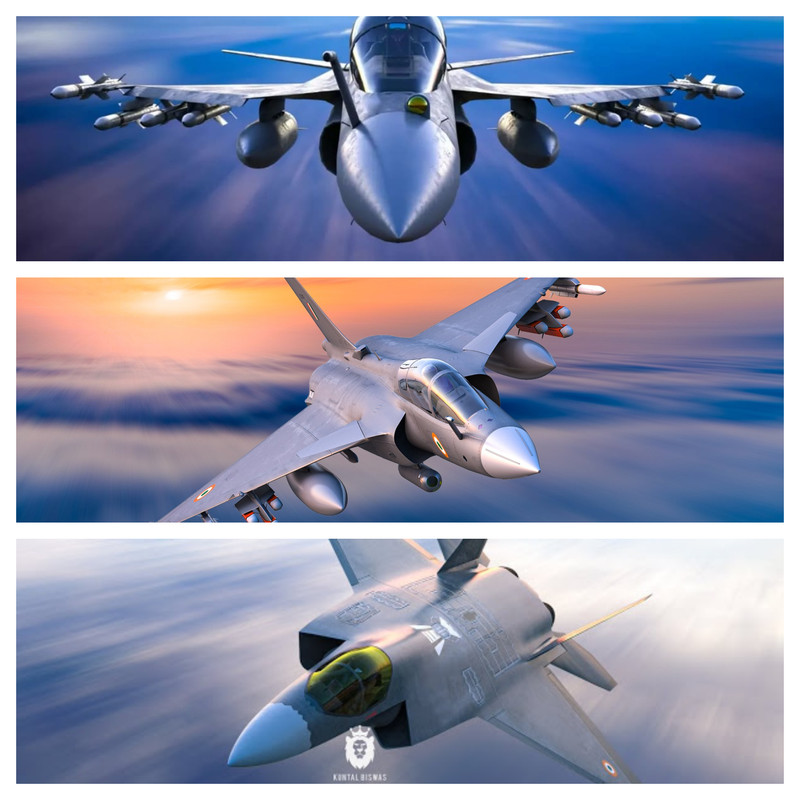
The Indian Air Force (IAF) has unveiled an ambitious plan to significantly enhance its indigenous fighter jet fleet over the next two decades. The objective is to reduce reliance on foreign sources and achieve greater self-sufficiency in defense capabilities. By 2040, the IAF aims to operate more than 50 percent of its fighter fleet composed of locally developed fighter jets, with a more ambitious target of 80 percent by 2050. This strategic shift marks a pivotal moment in India’s defense strategy.
As part of this strategic plan, the IAF is working on expanding its order book for the indigenously developed Light Combat Aircraft (LCA) Tejas Mk1A fighter jets. The order is set to swell to 223 units by 2032, signaling a robust commitment to the domestic defense industry. Additionally, the IAF has already committed to procuring 120 LCA-AF MkII platforms once they are ready for production, which is expected to commence from 2032 onwards. These steps are crucial in boosting India’s self-reliance in fighter jet production.
Continue readingSOURCE: IDRW.ORG TEAM

NewSpace Research and Technologies (NRT) is set to embark on an exciting journey, as it initiates discussions with Indian Ministry of Defence (MOD) stakeholders to develop the revolutionary Abhimanyu Collaborative Combat Unmanned Aircraft System (UAS). This cutting-edge concept represents a significant leap forward in the realm of unmanned military technology, with the potential to reshape the landscape of defense operations.
Building upon NRT’s successful TIA-AV UAS design philosophy, the Abhimanyu UAS is poised to be a game-changer. It is designed to be low-cost, intelligent, and expendable, making it a versatile and cost-effective platform. The modular approach of Abhimanyu allows it to excel in various missions, including Intelligence, Surveillance, Reconnaissance (ISR), Kinetic Attack, Decoy, and Electronic Warfare (EW).
Continue reading